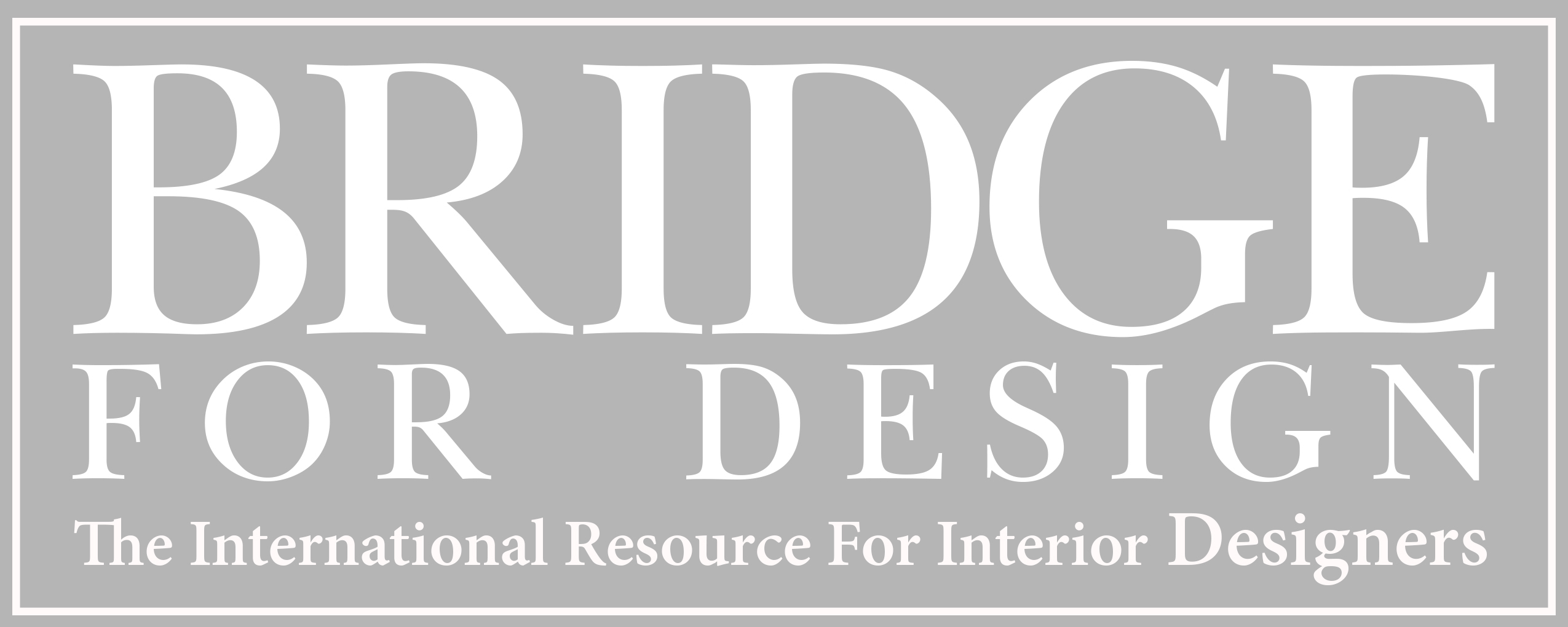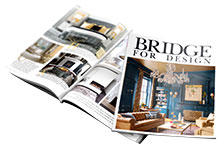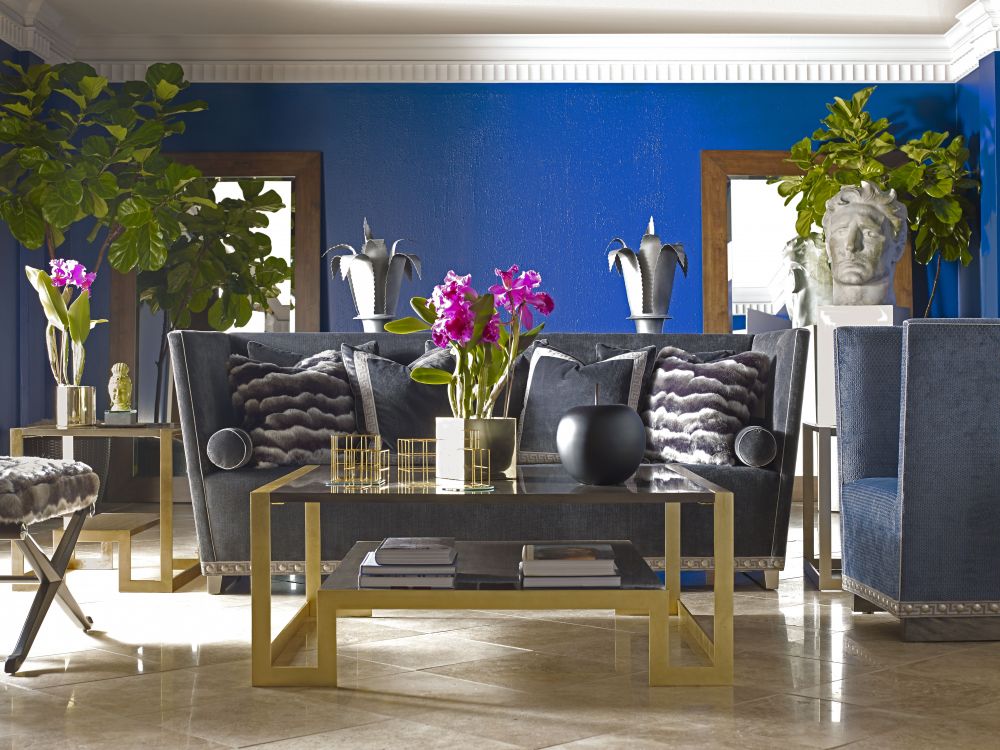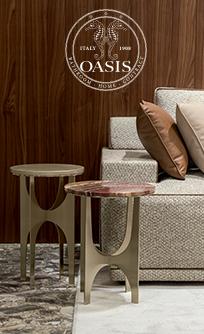Whether I’m designing a furniture collection, a line of flatware, a retail boutique or even a private residence, clients invariably come to me for what’s new, what’s next. Honestly, trend spotting – and trend starting – is just a mere sliver of the creative journey. While clients from Bergdorf’s to Wall Street powerbrokers crave innovation, they also expect the work to have staying power. Here, I never disappoint. I’m delighted to share some tips.
First, great interior design projects always begin with architecture. “Great bones” are inherent in some projects – and it’s always a boon. It’s best if foundations are firmly rooted in the classics, and not time stamped with the detail du jour. Follow the classics architecturally.
Over the years, I’ve somehow become many a magazine editor’s go-to for stories about fearless use of colour. After all, I once painted a client’s ceiling pink – everyone looked great in that room. With this, my reputation as a colour adventurer was apparently forever sealed. Yet, what’s important to remember is that there are colours of the moment and colours that return. The former should be used sparingly; the latter returned to like old friends over and over.
When artwork is an important design factor, white walls are preferred. Art always rules. And next, an oxymoron. Dark rooms, challenged with the absence of abundant natural light, come alive with dark walls. Dark on dark – with light trim, I might add – is illuminating. Try it!
After establishing architectural underpinnings and a colour plan, furniture and floor planning are generally my next consideration. Things needn’t match or necessarily be of the same period. Items should feel assembled over time, or collected. Harmony is the objective.
Texture, pattern and colour bring a room to life. Fabric dresses a room. For signature upholstered pieces – sectionals or large sofas – a relatively plain ground cloth is a good start. The amateur decorator may be smitten with a fabulous floral in a swatch, but put that cutting on a sofa, and suddenly there are ten thousand disruptive blooms. It’s pretty horrific. The focus is scale and proportion – so important in the artful selection of textiles, furniture and accessories.
Bigger pieces look better in small rooms, and smaller pieces look better in big rooms. There’s seems to be some logic – failed logic – that small rooms deserve diminutive pieces, and larger rooms bulk up. It’s a mistake! The entire room is a palette. Items should be specified with an eye for balance and proportion. This approach can take a room – even a small one – to unexpected heights.
The subject is roses – or daffodils and delphiniums, as you please! Flowers are best in water. Let me explain – and this also takes me to my final piece of sage advice on the practice of timeless design.
Nature never dates. Artificial flowers – silks, plastics and perhaps even the harvest of a 3-D printer – can look amazingly real. Even I sometimes give a leaf a pinch to test its provenance. But nothing lasts forever. Flowers should gradually wither, making room for the next lush bouquet. This is a glorious thing. Change is good.
And so it goes in the world of design too. I know that style with staying power can be achieved through artful consideration of architecture, colour, scale and proportion. But I always follow nature: Great timeless design is always, always evolving.





